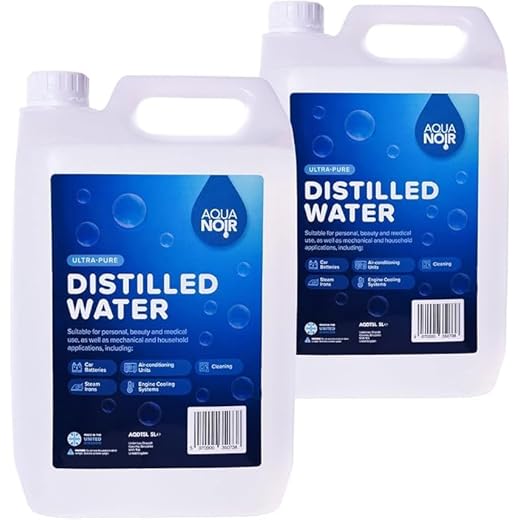



To address the issue of unsightly marks on your vehicle’s surface post-cleaning, it’s critical to examine water quality and the technique employed during the wash. If mineral-rich water was used, particularly hard water, calcium and magnesium deposits can leave distinct spots. Utilizing a water softener can significantly mitigate this problem.
Next, the method of application matters immensely. High-velocity jets can propel water and cleaning agents into crevices, which may subsequently dry unevenly, leaving streaks or marks. A gentle wash technique, combined with appropriate distance and angle, ensures a uniform rinse-off, reducing the risk of unwanted residues.
Additionally, considering the drying method is wise. Allowing a vehicle to air dry can lead to those frustrating spots reappearing. Instead, employing a clean, soft microfibre cloth can help absorb moisture thoroughly without scratching the surface. This simple adjustment will greatly enhance the final result.
Understanding Watermarks and Their Causes
To address residual stains on your vehicle’s surface, it’s crucial to recognise the main culprits behind these blemishes. Typically, they arise from minerals present in the water used during the cleaning process. Upon evaporation, the remaining contaminants can create unsightly deposits.
Mineral Composition
Tap water often contains calcium and magnesium, along with other minerals that differ based on geographical location. When this water evaporates, it can leave behind these particulates, leading to a spotted appearance. It’s advisable to use deionised or distilled water during cleaning to minimise such residue.
Technique and Timing
The technique applied during washing affects the likelihood of these imperfections. Applying excessive pressure or allowing water to dry in direct sunlight increases the chance of stains forming. The best practice is to quickly dry the surface with a microfiber cloth after rinsing to prevent deposits from settling.
Impact of Water Quality on Your Vehicle’s Surface
Opt for distilled or purified water for cleaning to diminish mineral deposits that lead to unsightly marks. Tap water often contains minerals like calcium and magnesium, which, when dried on surfaces, leave residues that mar the finish of your vehicle. Before rinsing, consider pre-soaking the surface to soften any grime, helping to reduce the chances of these impurities adhering.
Check the pH level of your water supply. Highly alkaline or excessively acidic water can adversely affect paintwork and finishes. Maintaining a neutral pH between 6 and 8 is ideal for preserving the integrity of your vehicle’s exterior.
Hard water, commonly found in many areas, can exacerbate the problem. I recommend using a water softener if you notice that you consistently deal with staining after wash sessions. This device can effectively reduce mineral content, thus safeguarding your vehicle’s finish.
Lastly, always dry your vehicle with a microfiber towel immediately after rinsing to prevent any leftover water from evaporating and leaving traces behind. By being proactive with your water quality and drying methods, I’ve seen a significant reduction in surface blemishes over the years.
The Role of Pressure Settings in Creating Watermarks
Using the correct setting can prevent unsightly stains. If the force is too high, it leads to water spots on the surface due to the rapid evaporation of liquid while remaining minerals settle on the paint. I’d recommend adjusting the settings based on the vehicle’s surface and the level of grime present. Typically, using a lower setting, around 1300 to 1600 PSI, is ideal for paintwork.
Understanding Pressure Levels
Each model features adjustable levels designed for various tasks. Higher levels, while effective for hard surfaces, should be approached cautiously when cleaning vehicles. For softer materials, I find that a turbo nozzle or fan attachment at a lower pressure can achieve excellent results without risk of damage.
Complementary Techniques
Pairing the right pressure with a cleaning solution is beneficial. Pre-soaking the vehicle with a dedicated detergent can loosen dirt, allowing for easier removal at lower force. This not only ensures a thorough clean but reduces the likelihood of water spots remaining post-wash. Always rinse thoroughly after applying any soap, as residues can also contribute to unsightly marks.
Effects of Temperature on Water Droplets and Car Paint
Keep vehicle surfaces cool during cleaning to prevent unwanted residues. High temperatures can cause water droplets to dry quickly, leading to spots or streaks. Ideally, wash vehicles in the early morning or late afternoon when the surface temperature is lower.
Impact of Heat on Water Droplets
When water droplets remain on a hot surface, the rapid evaporation increases the chances of mineral deposits forming, which can harm the paint. As these droplets dry, any impurities in the water concentrate and create marks. Use a wet towel to cool the surface before washing, ensuring a cleaner finish.
Temperature and Paint Integrity
Extreme temperatures can affect the paint layer. High heat can soften paint, making it more susceptible to scratches from dirt and debris. Conversely, very cold temperatures can cause brittleness. Maintaining a moderate temperature during washing is beneficial not only for achieving a spotless surface but also for preserving the integrity of the paint.
How Soap and Cleaning Agents Contribute to Watermarks
To mitigate unsightly marks after a wash, consider the type of cleaning agents you utilise. Some soaps contain residues that, when dried on surfaces, can leave behind noticeable deposits. I recommend selecting high-quality, car-specific cleaning solutions designed to rinse clean without leaving residues.
Types of Soaps and Their Effects
- Surfactants: These are common in many cleaning products. While effective in lifting dirt, low-quality ones may leave behind a film.
- Wax-Based Cleaners: While they can enhance shine, improper application may result in streaks or spots.
- Biodegradable Formulations: Generally a safer choice for both the environment and your vehicle’s finish, these tend to rinse off more cleanly.
Best Practices for Using Cleaning Agents
- Always dilute products as per the manufacturer’s guidelines to prevent excessive build-up.
- Rinse surfaces thoroughly after application to ensure all soap residues are removed.
- Using a two-bucket method–one for soapy water and another for rinsing the sponge–helps maintain cleanliness and reduces the chance of transfering dirt back onto the surface.
In my experience, carefully selecting and applying cleaning agents can significantly impact the appearance of your vehicle after a wash. Adhering to these recommendations not only protects your vehicle’s finish but also enhances its longevity.
Common Mistakes When Using a Pressure Cleaner
Using a high-powered cleaner requires careful attention to detail to avoid unsightly blemishes. Here are several common missteps to be aware of:
Inadequate Distance from the Surface
- Maintaining too close a distance can lead to uneven spray and potential damage. Ensure a distance of at least 60 cm from the surface being treated.
- Testing the spray on a hidden area can help gauge the optimal distance.
Incorrect Nozzle Selection

- Using a nozzle intended for heavy cleaning on sensitive surfaces can cause scratches. Ensure the nozzle type matches the area you are addressing.
- A fan spray nozzle is often best for painted surfaces, as it distributes water evenly.
Failure to Pre-Rinse
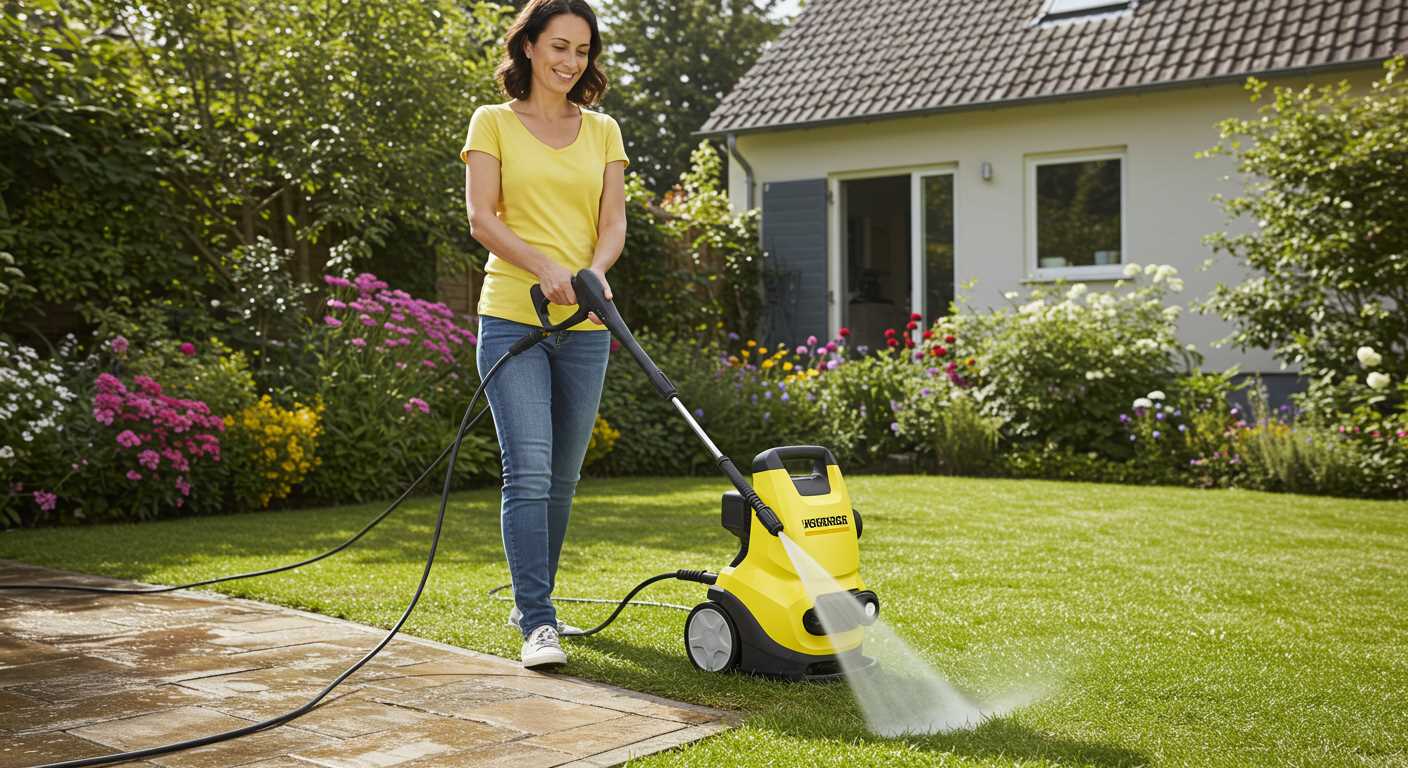
- Skipping the pre-rinse step allows dirt and debris to remain lodged during cleaning, increasing the risk of marks.
- Always start with a gentle spray to loosen grime before applying any cleaning agents.
Inconsistent Water Flow
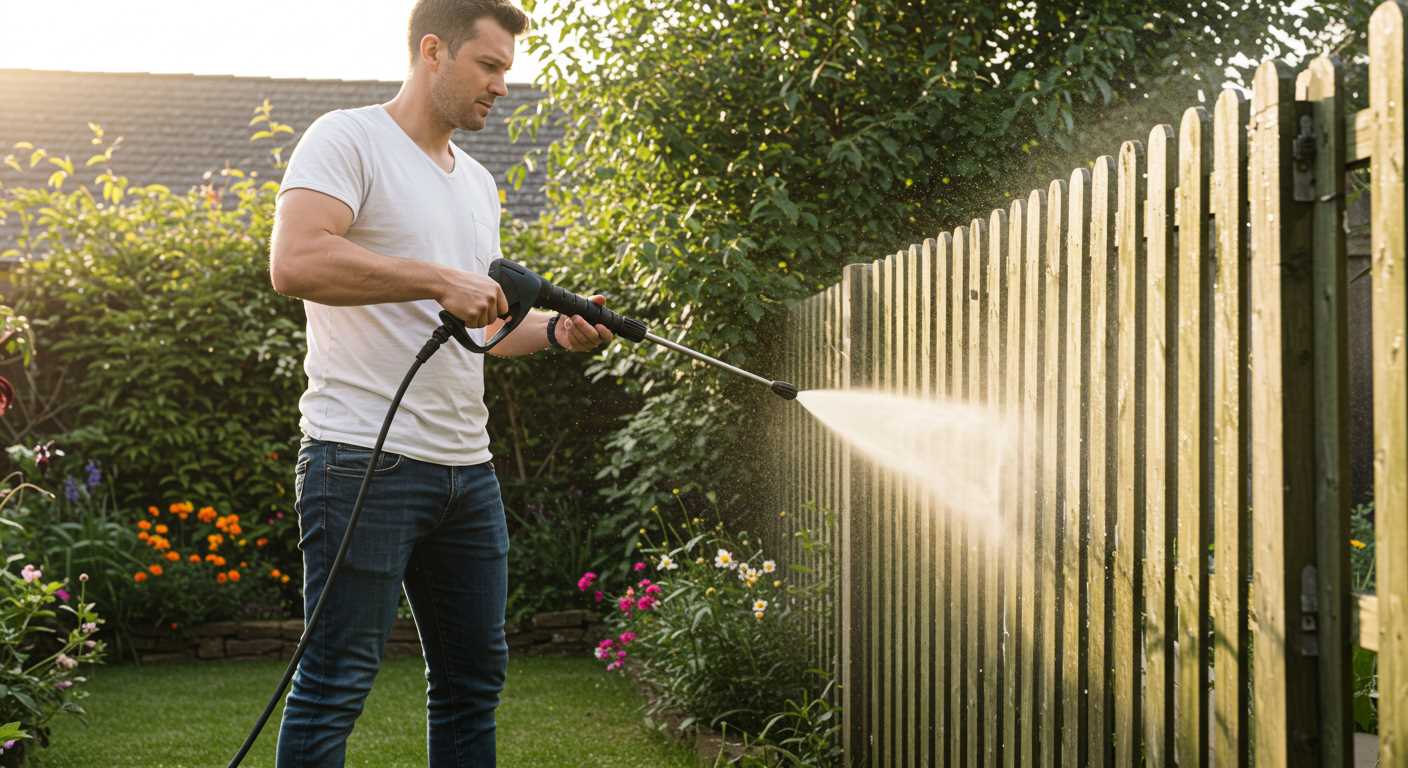
- Intermittent water flow will cause streaks during cleaning. Ensure the supply hose is free of kinks and connections are secure.
- Clearing any blockages in the hose can maintain a steady stream.
Excessive Cleaning Solution
- Overusing cleaning solutions can leave residues that dry into marks. Follow the manufacturer’s recommended dilution ratios.
- Using a separate rinsing step after applying soap can help prevent this issue.
Paying attention to these details can significantly improve results and keep surfaces looking pristine. Avoiding these pitfalls ensures a cleaner, streak-free finish.
Methods to Prevent Unwanted Marks After High-Pressure Cleaning
To avoid unsightly stains during the washing process, opting for a distilled water approach is beneficial. This significantly reduces mineral deposits that can lead to spots on a vehicle’s surface.
Regular Maintenance Techniques
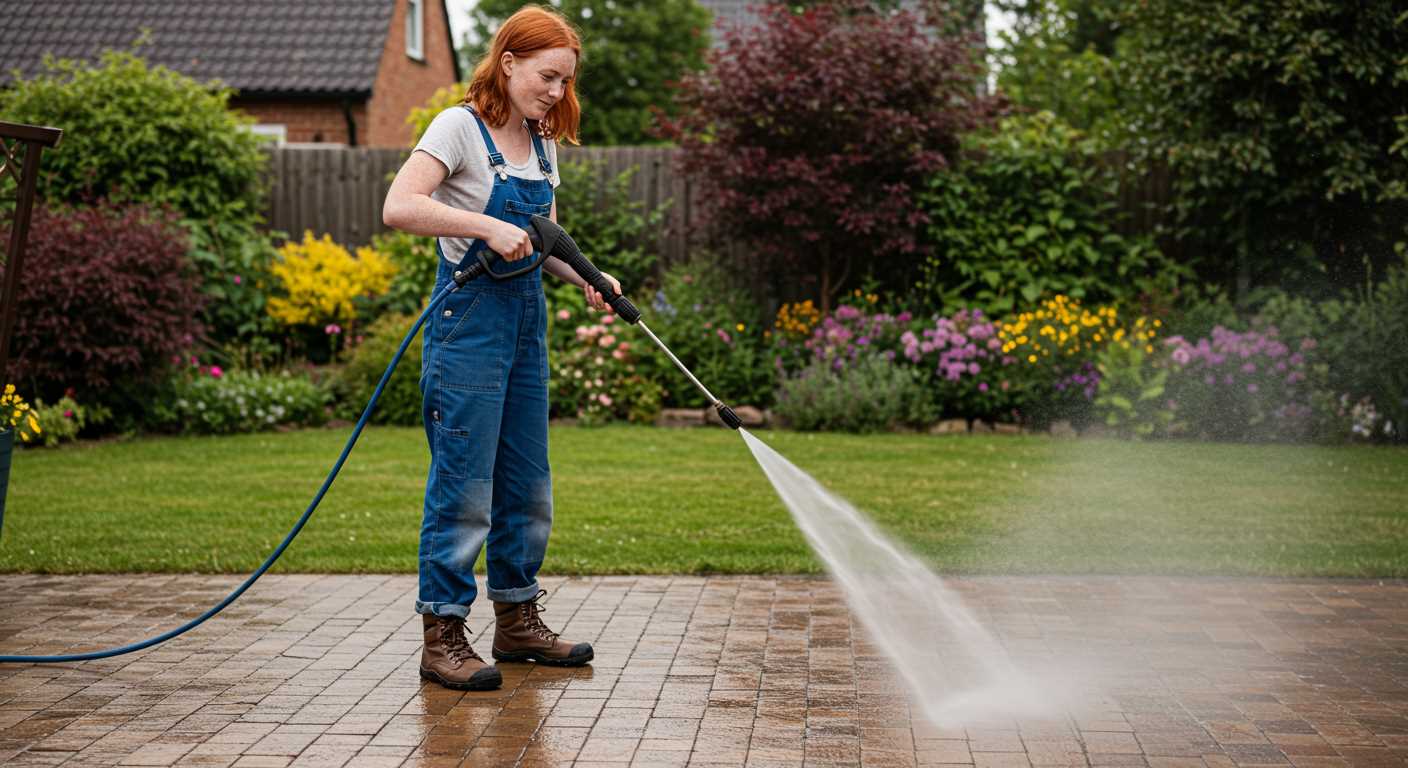
Ensuring the vehicle is well-maintained before washing can mitigate issues. Regular waxing creates a protective layer that helps repel water and contaminants. This barrier not only enhances the shine but also minimizes water retention.
Techniques for Optimal Cleaning
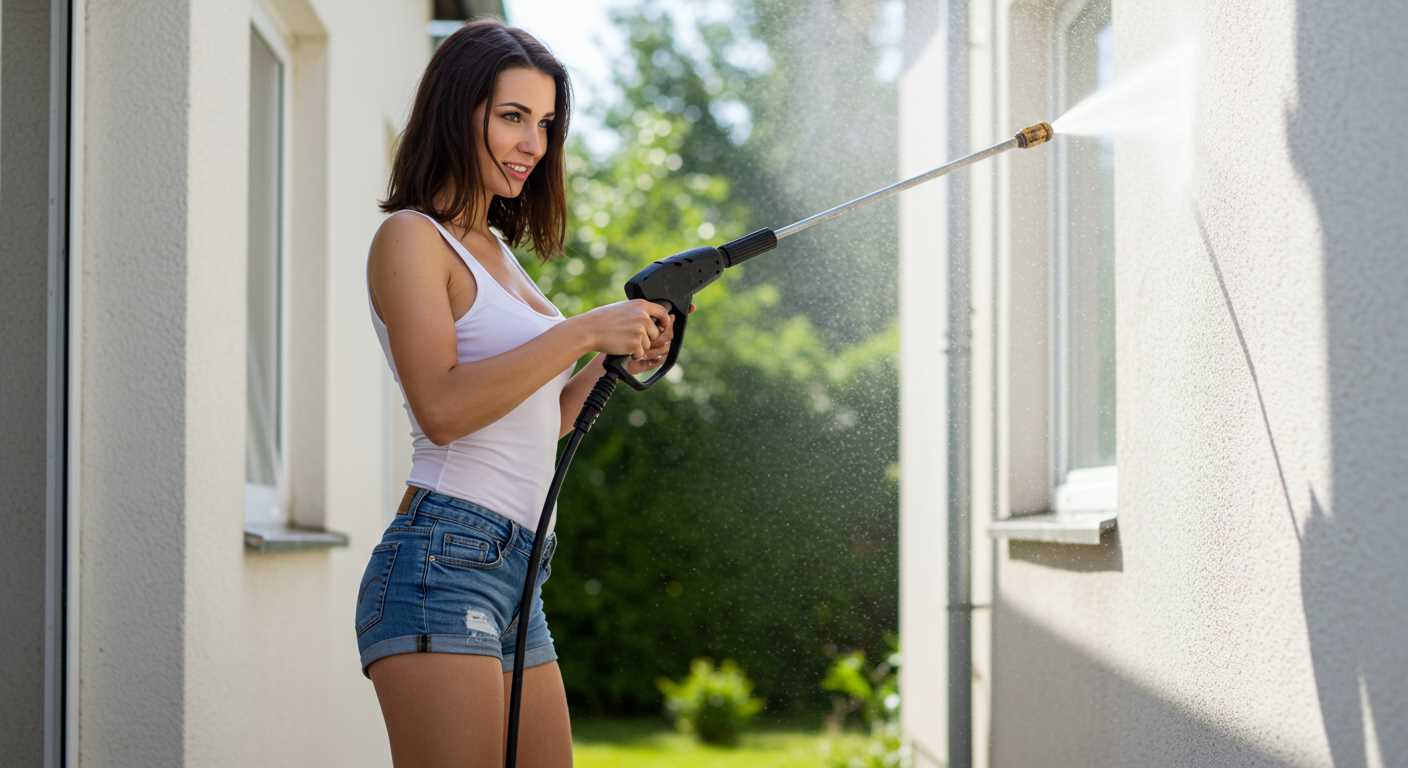
Adopting specific washing techniques enhances results. Always start by rinsing the vehicle from top to bottom to prevent residue build-up. Follow this with targeted cleaning, utilising gentle movements to avoid scratching the surface.
| Method | Description |
|---|---|
| Use Distilled Water | Helps reduce mineral deposits that create spots. |
| Regular Waxing | Forms a protective barrier against contaminants. |
| Top-to-Bottom Rinse | Prevents residue build-up and enhances coverage. |
| Gentle Cleaning Movements | Reduces the risk of scratches and surface damage. |
Implementing these strategies will significantly reduce the chances of leaving unsightly spots after cleaning. By systematically addressing each step, maintaining a clear focus on water quality and application technique, both the appearance and longevity of a vehicle’s finish are preserved.
Recommended Post-Wash Care for Your Vehicle
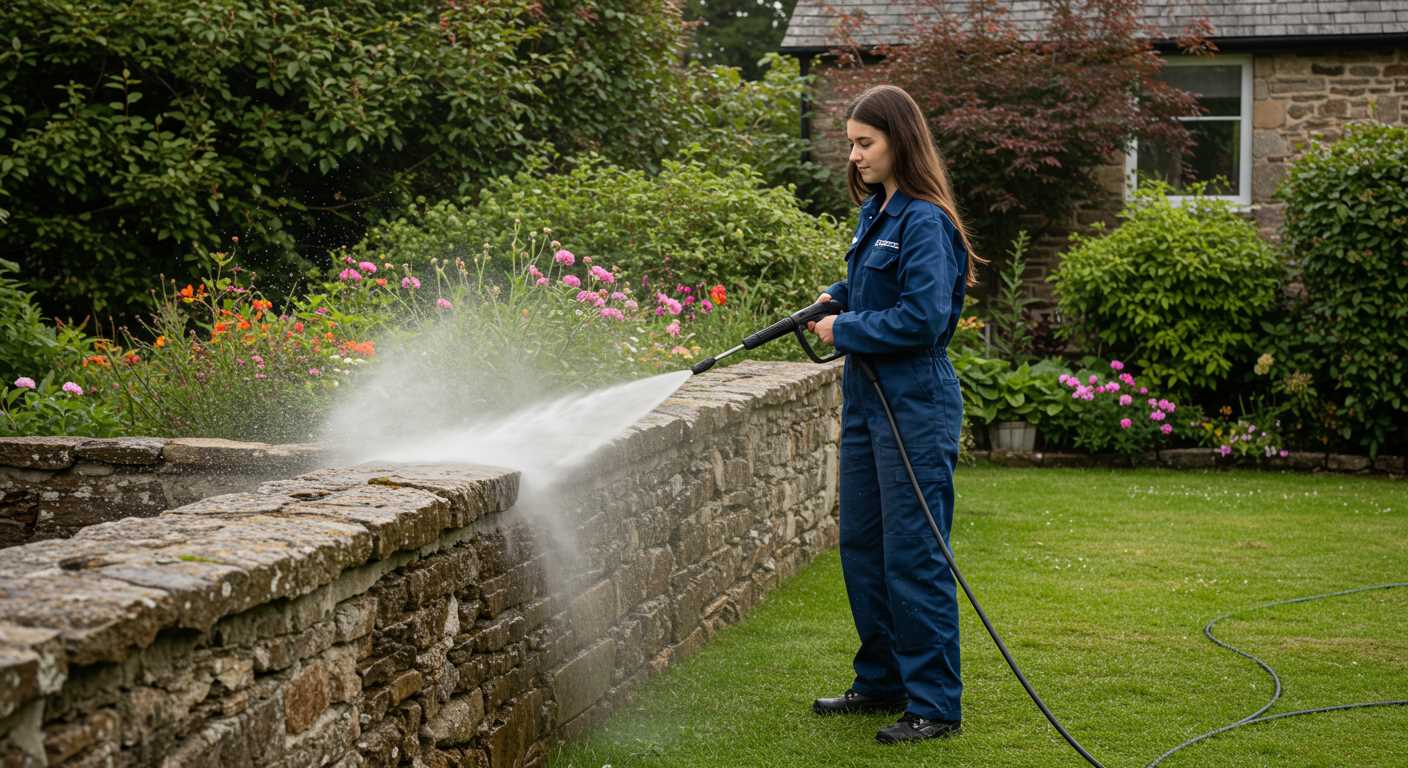
Immediately after rinsing your vehicle, use a high-quality chamois or microfiber towel to gently dry the surface. This process eliminates residual moisture and prevents unsightly marks from forming. Ensure the towel is clean to avoid any potential scratches.
Regular Wax Application
Consider applying a wax coating every few months. Wax not only enhances the vehicle’s shine but also acts as a barrier against contaminants, making it easier to clean in the future. Select a quality product that suits your paint type for optimal results.
Optimal Cleaning Solutions
Utilise pH-balanced cleaning agents specifically formulated for automotive surfaces. These solutions break down dirt and grime without damaging the finish. Avoid household cleaners that may contain harsh chemicals, as they can lead to degradation over time.
Inspect and maintain your vehicle’s sealants and coatings regularly. If any areas show signs of wear or discolouration, address them promptly to protect the underlying paint. This proactive approach will significantly prolong the life of your vehicle’s finish.
Always park in shaded areas or under a protective cover when possible. This practice reduces the impact of UV rays, which can fade paint and exacerbate the formation of mineral deposits. If parking outside is unavoidable, consider using a vehicle cover to shield it from the elements.
Finally, routine detailing provides an additional layer of care. A professional detailer can offer services such as clay bar treatment and polished finishes that enhance protection and appearance. This can mitigate future issues related to water and contaminants.



